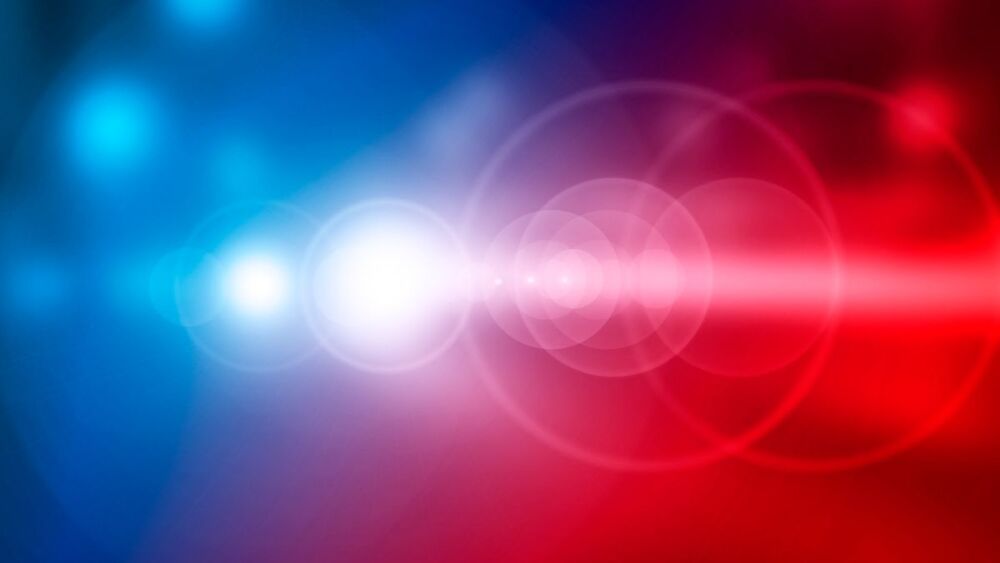By Leila Merrill
EMMITSBURG, Md. — A study from the Emergency Responder Safety Institute (ERSI) shows that very reflective markings may decrease drivers’ ability to see first responders working near vehicles at night.
The study Effects of Emergency Vehicle Lighting Characteristics on Driver Perception and Behavior investigated the effects of lighting color, intensity, modulation and flash rate on drivers’ behavior while approaching and passing incidents at night. The impact of retroreflective chevron markings in combination with emergency lighting configurations, as well as the measurement of “moth-to-flame” effects of emergency lighting on drivers was also investigated.
The study aims to help improve first responder safety at incident scenes. Secondary crashes, including struck-by incidents, are a leading cause of line-of-duty deaths among emergency responders. Warning lights and reflective materials on vehicles and clothing are typically employed at the scene to ensure visibility.
Summary of study findings
- Intensity: The study that higher intensity lights were only a little more visible than low-intensity lights but created more glare, making responders less visible. This finding indicates that stationary vehicles in nighttime blocking mode should be sufficiently visible with lower intensity lights.
- Color: Blue and white lights were rated as most glaring. Yellow and red lights were least glaring. This data suggests that red lights for stationary blocking operations may offer the best combination of better visibility with less glare.
- “Moth to Flame”: None of the variables tested caused drivers to move their vehicles either toward or away from the lights. Therefore, the data in this test did not support or disprove the “moth to flame” effect.
- High-Visibility Markings: When fluorescent and reflective markings were present, drivers did not see the firefighter silhouette until they were closer to it: “This was the most unexpected finding of the study. Of the four setups tested, high intensity lights with no markings produced the longest detection distance, meaning drivers could see the firefighter silhouette from the furthest away. High intensity lights combined with high visibility markings yielded the shortest detection distance. Reflective markings may increase the amount of scattered light entering the eyes of a driver, thereby making the responder less visible. This study raises the possibility that combining high intensity lights with high visibility markings may make it more difficult for drivers to see responders on foot at night, even when the responders wear high visibility vests.”
The researchers suggest further study of the impact of lighting at emergency scenes.
Steve Austin, project manager with the Cumberland Valley Volunteer Firemen’s Association-ERSI commented on the study: “The findings in the lighting study validated observations from drivers that emergency responders are often obscured due to overly bright emergency lighting. What we were surprised to learn is that there may be visibility issues emanating from reflective striping on the rear of the apparatus also. The U.S. Fire Administration is supporting additional research on that topic. We look forward to completing that study and publishing the findings.”
The research was conducted by Dr. John D. Bullogh, with the Light and Health Research Center in the Icahn School of Medicine at Mount Sinai, and Dr. Scott Parr, with Embry-Riddle Aeronautical University.
This study was produced under a contract between the U.S. Fire Administration and the Cumberland Valley Volunteer Firemen’s Association’s ERSI, which subcontracted with the Lighting Research Center at Rensselaer Polytechnic Institute and Embry-Riddle Aeronautical University to perform the research. Additional funding was provided by the Embry-Riddle Aeronautical University Office of Undergraduate Research and the Dwight D. Eisenhower Transportation Fellowship Program within the U.S. Department of Transportation.












